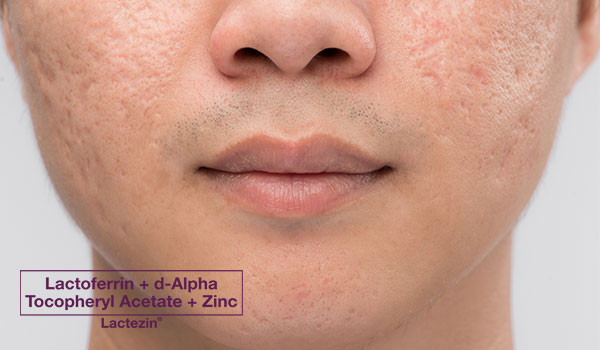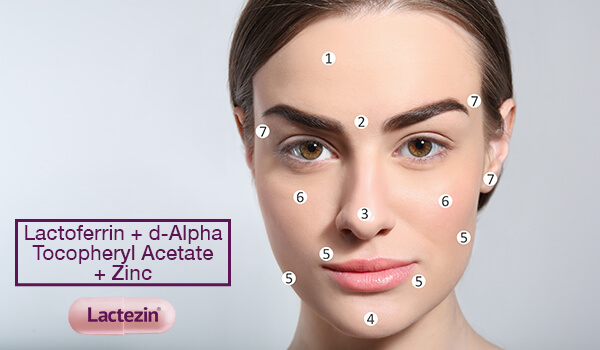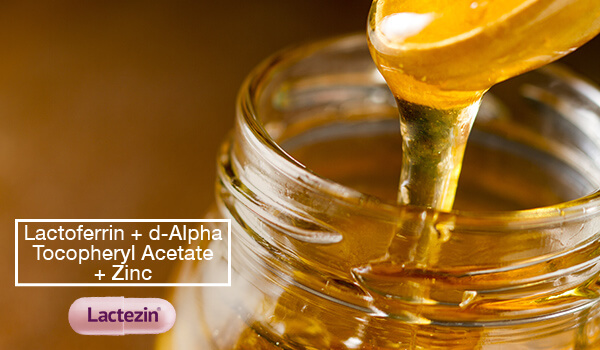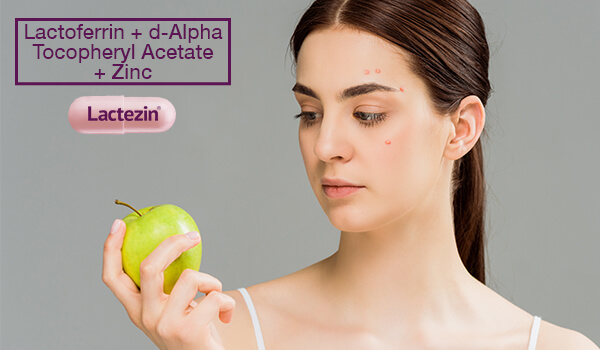5 Different Types of Pimple Scars

There are different kinds of acne and pimple breakouts – they can be mild, moderate, or severe. And after a long and painful treatment process that involves medicated skincare treatments and pimple capsules, they often leave behind permanent scars and marks that can take a long time and a lot of money to heal.
These types of acne scars are more likely to develop if you’ve picked or squeezed at your acne instead of allowing it to heal. Not all individuals experience acne scars though, it all depends on the type of acne you develop and how well you treat it. If you want to avoid scarring from happening, it’s best to know what the different types are. Read on below.
Type of acne scar
Scars are categorized into two: Atrophic and Hypertrophic.
Atrophic scars are flat depressions that recover below the top layer of the skin and are most commonly caused by severe cystic acne. There are three types of atrophic scars:
- Icepick scars Icepick scars are small, vertical, narrow depressions that point downward, towards the skin’s surface. Basically, they look as if someone has punctured your face with a tiny needle or an icepick. They are most commonly found on the cheeks and are considered to be the most severe among the other types as they can be very difficult to treat. They form when the skin loses collagen, leading the skin to collapse and leave a noticeable indentation.
- Rolling scars Rolling scars are another common type of scarring that occurs as a result of the healing process. They look like sloping edges, giving the skin a wavy, uneven texture and are most commonly found in areas of the face where the skin is thicker, such as the jaw and lower cheeks. They change in size, meaning they aren’t going to be the same size as the original acne lesion that caused them.
- Boxcar scars Boxcar scars are broad, box-like indentations or craters with sharply defined edges. They are wider than icepick scars but usually not as big as rolling scars. Similar to rolling scars though, they most often form on the lower cheek and jaw, where is skin is relatively thicker. They are caused by widespread acne, chickenpox, also known as varicella which causes red, itchy rashes with blisters.
Treatment for atrophic scars involves 2 stages. The first stage is all about decreasing the depth or evening out of the skin’s surface texture. You may choose from a number of treatment options including punch grafting, dermabrasion, dermal fillers, laser therapy, micro-needling, and many more. The second and last step in treating atrophic scars is to reduce any discoloration through chemical peels, laser therapy, or daily sun protection.
A hypertrophic scar, on the other hand, is a thickened, often raised scar tissue that forms where the skin is injured. They are the result of an abnormal response to a trauma or injury and are often the same size as the acne that caused them. While definitely itchy and painful, they aren’t dangerous or life-threatening. Here are the types of hypertrophic scarring:
- Keloid Keloid scars happen when excess fibrous scar tissue forms over the wound to repair and protect the injury. They appear bigger than the original acne lesion that caused them and can be found on the jawline, chest, back, and shoulders. Darker complexions are more likely to develop this type of scarring.
- Post-inflammatory hyperpigmentation When acne, pimple, or any type of breakout heals, it often leaves behind a discolored patch of skin – this is called hyperpigmentation. This occurs when there is an overabundance of melanin, the brown pigment that produces normal skin color. Hyperpigmentation usually happens when you’ve squeezed or picked on your pimple breakout. Fortunately, the skin will go back to its natural color over time with decent sun protection.
Treatment for hypertrophic scars focuses on reducing the height of the scar so the skin feels smoother and more even. Dermatologist treatments including steroid injections, surgical removal, or laser therapy. Massages can also help weaken scar tissue and reduce the look of scars.
Want a pimple capsule to help prevent acne scarring?
Try Lactoferrin + d-Alpha Tocopheryl Acetate + Zinc (Lactezin)!
Pimple capsules and oral supplements like Lactoferrin + d-Alpha Tocopheryl Acetate + Zinc (Lactezin) have oil-regulating properties that can help fight pimple-causing bacteria, lessen pimples, and improve skin appearance with regular intake.
Lactezin contains the nutrient Lactoferrin which has incredible anti-inflammatory and antibacterial properties. This milk-based protein can help to soothe inflammation by keeping larger zits and cysts from ever forming. It can also help stimulate connective tissue and epidermal cells to regenerate skin cells. Faster cell regeneration = faster healing of wounds caused by acne.
Lactoferrin + d-Alpha Tocopheryl Acetate + Zinc is the generic name of Lactezin. If symptoms persist, consult your doctor.
If you want to learn how you can get rid of your acne scars, click here.
SOURCES:
https://www.healthline.com/health/skin-disorders/types-of-acne-scars


